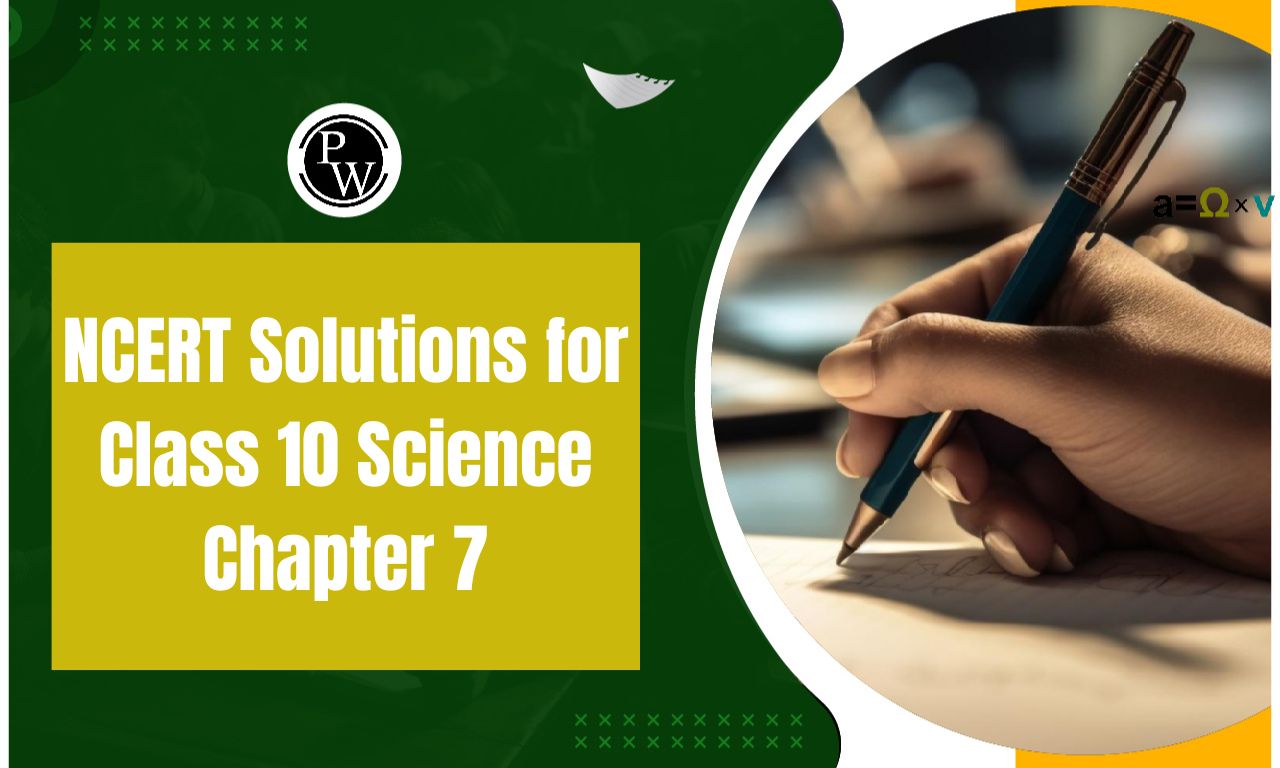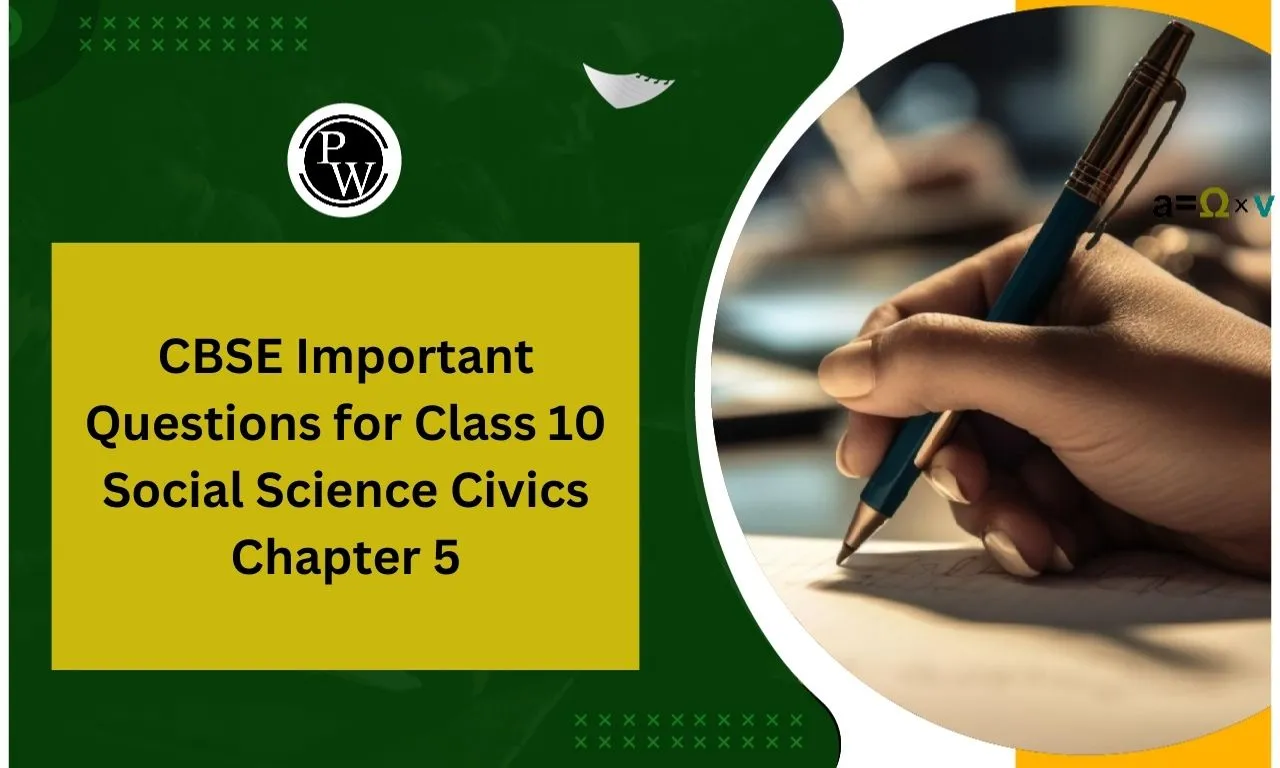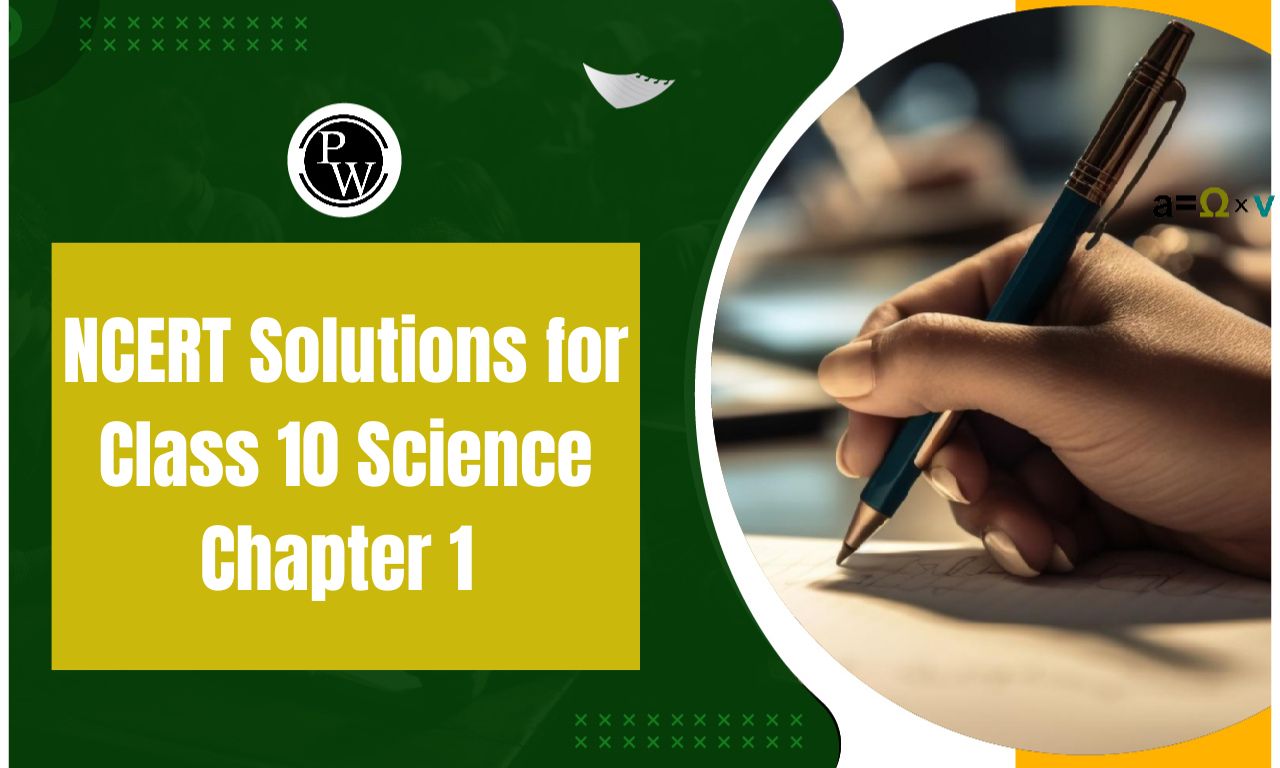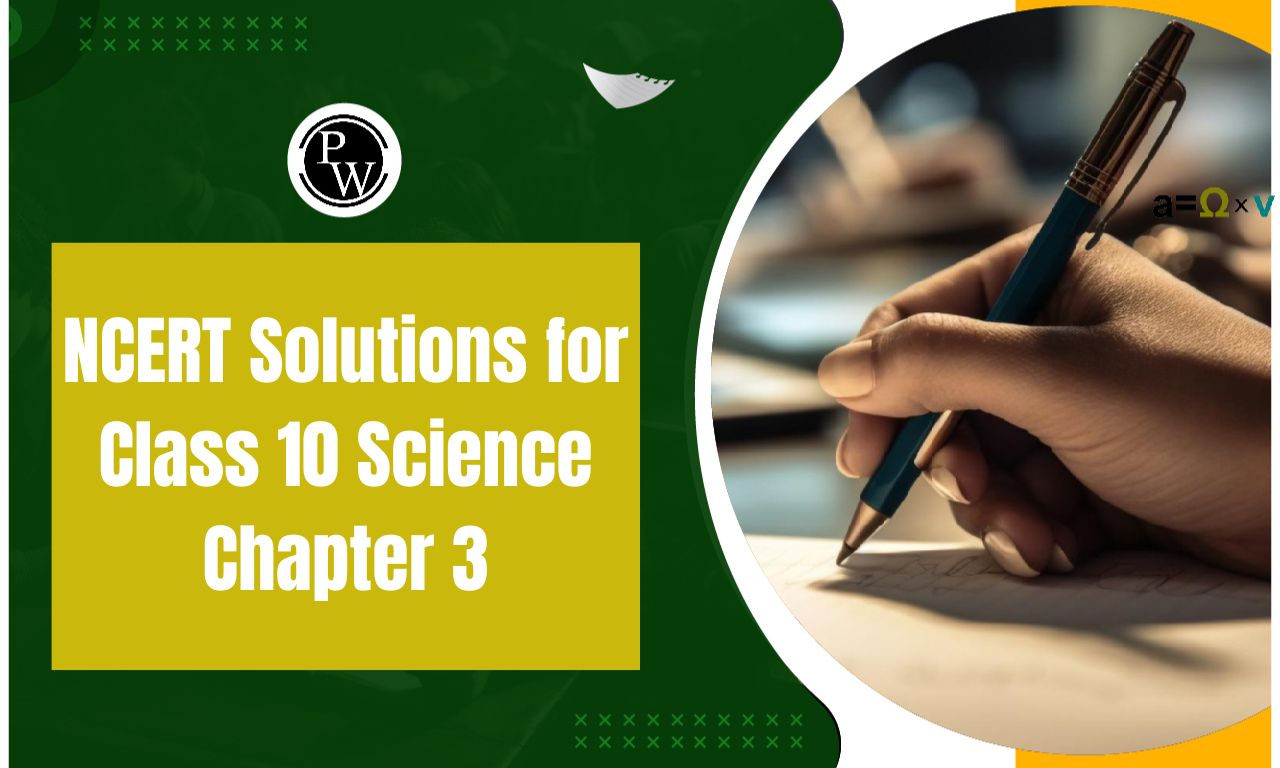
CBSE Class 10 Social Science Civics Notes Chapter 3: You studied power sharing and how it might be allocated to take into account regional and linguistic differences in Chapter 2. You will learn how democracy handles societal divisions, injustices, and gaps in this chapter.
An illustration of a public display of class differences opens the chapter. You will then be taught some general lessons on the several ways that social differences can feel themselves. The discussion then shifts to how these social differences both influence and are affected by democratic politics. All of these subjects have been covered in this section, which is a summary of CBSE Notes Class 10 Political Science Chapter 3 Democracy and Diversity. A brief overview of the chapter can be obtained by reading through these notes.CBSE Class 10 Social Science Civics Notes Chapter 3 PDF
The story that opens the chapter shows people speaking out against societal separation and prejudice. The chapter then defines social divisions and offers some examples of their different kinds. The chapter concludes with an explanation of how democratic politics affect social divisions. Students can download the CBSE Class 10 Social Science Civics Notes Chapter 3 from here.CBSE Class 10 Social Science Civics Notes Chapter 3 PDF
CBSE Class 10 Social Science Civics Notes Chapter 3
A Story from Mexico Olympics
Two African American competitors, Tommie Smith and John Carlos, raised a black-gloved fist during the singing of the US national anthem during the 200-meter medal ceremony at the 1968 Mexico City Olympics. Gold and bronze medals were won by them, respectively. They attempted to bring racial injustice in the US to the attention of the world with their gesture. Black Power was intended to be symbolised by the raised fists and black gloves. The images below highlight a significant turning point in American Civil Rights Movement history.Differences, Similarities, Divisions
The tale from the Mexico City Olympics illustrates societal inequality and division. However, there are many types of social divisions in society. Social divides have been brought about by geographical, linguistic, and religious distinctions, as you have seen in the previous two chapters.Origins of Social Differences
The accident of birth is the primary cause of social differences. People around us, for instance, are either male or female, tall or short, have various skin tones, or have varied physical capacities or limitations. However, some of the variations result from the decisions we make. As an illustration, some people reject all religions and God. They are known as atheists. However, some people hold a belief in God. Other options include deciding what to study, what career path to pursue, and what games or cultural events to engage in. Social differences bring highly diverse people together as well as dividing individuals with comparable characteristics from one another. Individuals from disparate social groupings transcend group borders by sharing traits and distinctions.Overlapping and Cross-Cutting Differences
Social differences relate to a situation in which individuals face discrimination or one class or group is given favor over another because of differences in their racial, social, or economic standing. The two kinds of social distinctions are those that overlap and those that crosscut. Overlapping differences occur when people begin to feel that they belong to distinct communities and one type of social difference becomes more significant than the other. Social collapse and division are the outcomes. For instance, Dalits in India experience this kind of discrimination since they come from low-income families. Social groupings that have similar interests in one area are likely to take opposing positions on other issues if social inequalities intersect with one another. For instance, the Netherlands and Northern Ireland were both primarily Christian nations, yet they were split between Protestants and Catholics.Politics of Social Divisions
Politics and social differences together are a tremendously volatile and deadly mix. Political parties compete with one another in a democracy. They may turn social divisions into political divisions and spark conflict, bloodshed, or even the breakup of a nation if they begin to compete based on preexisting social divisions.What can be the range of outcomes of politics of social divisions?
The distinction between the two main branches of Christianity in Northern Ireland. That is, 44% of Roman Catholics and 53% of Protestants entered the political sphere. Nationalist parties stood in for the Catholics, urging the unification of Northern Ireland with the mostly Catholic Republic of Ireland. Unionists, who supported staying in the largely Protestant United Kingdom, spoke for the Protestants. Subsequently, it adopted a severe form that ultimately claimed hundreds of lives. Conflicts over politics between rival ethnic and religious groups caused Yugoslavia to break up into six sovereign nations. However, not all political manifestations of societal differences result in such catastrophes. However, it has an impact on voting in most nations, particularly India.Three Determinants
Three factors play a pivotal role in determining the political result of societal divisions:- The result is determined by the way individuals view themselves. It becomes extremely challenging to address if people view their identities in ways that are exclusive and singular.
- It relies on how political figures present the needs and demands of each given society.
- Requests that don't endanger the interests of another community and fall within the bounds of the Constitution are simpler to comply with.
- It depends on how the government responds to the various organizations' demands.
Related Links
| CBSE Class 10 Social Science History Notes |
| CBSE Class 10 Social Science Geography Notes |
| CBSE Class 10 Social Science Civics Notes |
| CBSE Class 10 Social Science Economics Notes |
CBSE Class 10 Social Science Civics Notes Chapter 3 FAQs
What are the main points of democracy and diversity?
In a democratic nation, every individual has equal rights. Citizens have the right to elect their representatives. On the other hand, diversity means differences in region, culture, language, and religion in society. Diversity originates with the birth or character of the person.
What are the three values of democracy?
Democratic Values — Liberty, Equality, Justice.
Who is father of civics?
Benjamin Franklin is generally regarded as the nation's first model for the civic scientist role. He realized the difficulty of anticipatory, diversified, and cross-cultural encounters.
🔥 Trending Blogs
Talk to a counsellorHave doubts? Our support team will be happy to assist you!

Free Learning Resources
PW Books
Notes (Class 10-12)
PW Study Materials
Notes (Class 6-9)
Ncert Solutions
Govt Exams
Class 6th to 12th Online Courses
Govt Job Exams Courses
UPSC Coaching
Defence Exam Coaching
Gate Exam Coaching
Other Exams
Know about Physics Wallah
Physics Wallah is an Indian edtech platform that provides accessible & comprehensive learning experiences to students from Class 6th to postgraduate level. We also provide extensive NCERT solutions, sample paper, NEET, JEE Mains, BITSAT previous year papers & more such resources to students. Physics Wallah also caters to over 3.5 million registered students and over 78 lakh+ Youtube subscribers with 4.8 rating on its app.
We Stand Out because
We provide students with intensive courses with India’s qualified & experienced faculties & mentors. PW strives to make the learning experience comprehensive and accessible for students of all sections of society. We believe in empowering every single student who couldn't dream of a good career in engineering and medical field earlier.
Our Key Focus Areas
Physics Wallah's main focus is to make the learning experience as economical as possible for all students. With our affordable courses like Lakshya, Udaan and Arjuna and many others, we have been able to provide a platform for lakhs of aspirants. From providing Chemistry, Maths, Physics formula to giving e-books of eminent authors like RD Sharma, RS Aggarwal and Lakhmir Singh, PW focuses on every single student's need for preparation.
What Makes Us Different
Physics Wallah strives to develop a comprehensive pedagogical structure for students, where they get a state-of-the-art learning experience with study material and resources. Apart from catering students preparing for JEE Mains and NEET, PW also provides study material for each state board like Uttar Pradesh, Bihar, and others
Copyright © 2025 Physicswallah Limited All rights reserved.
Get App









